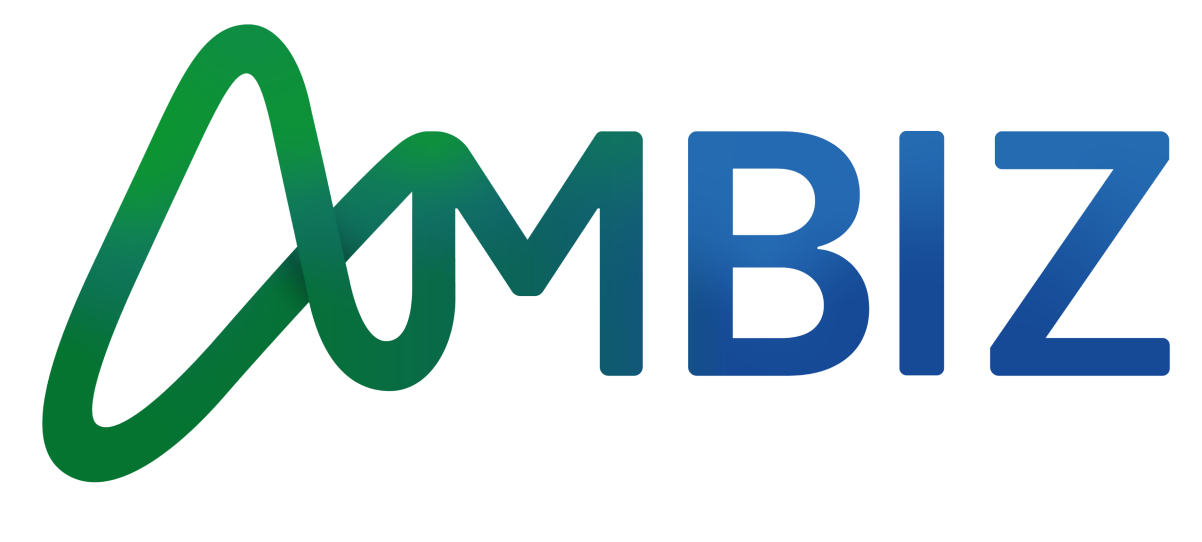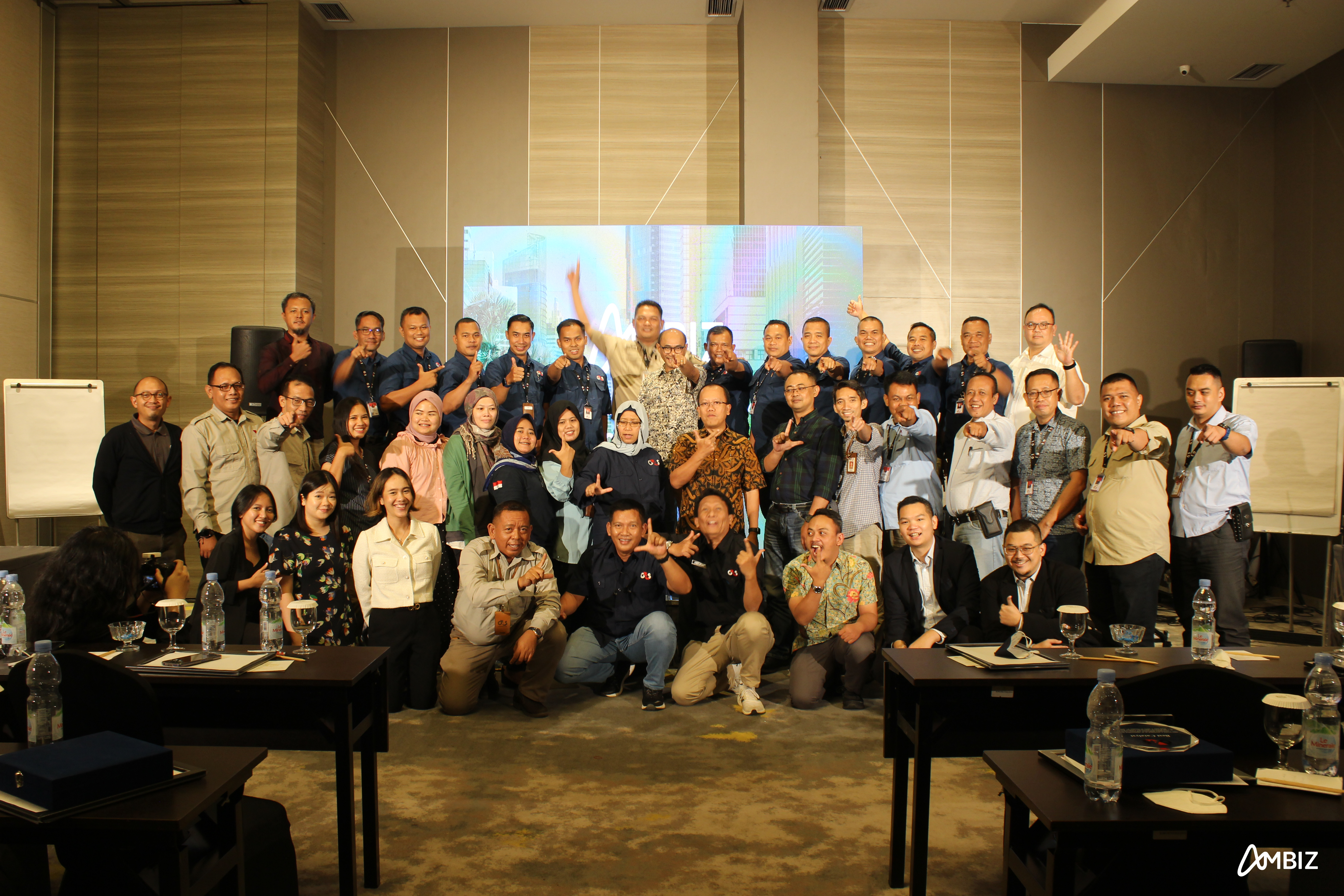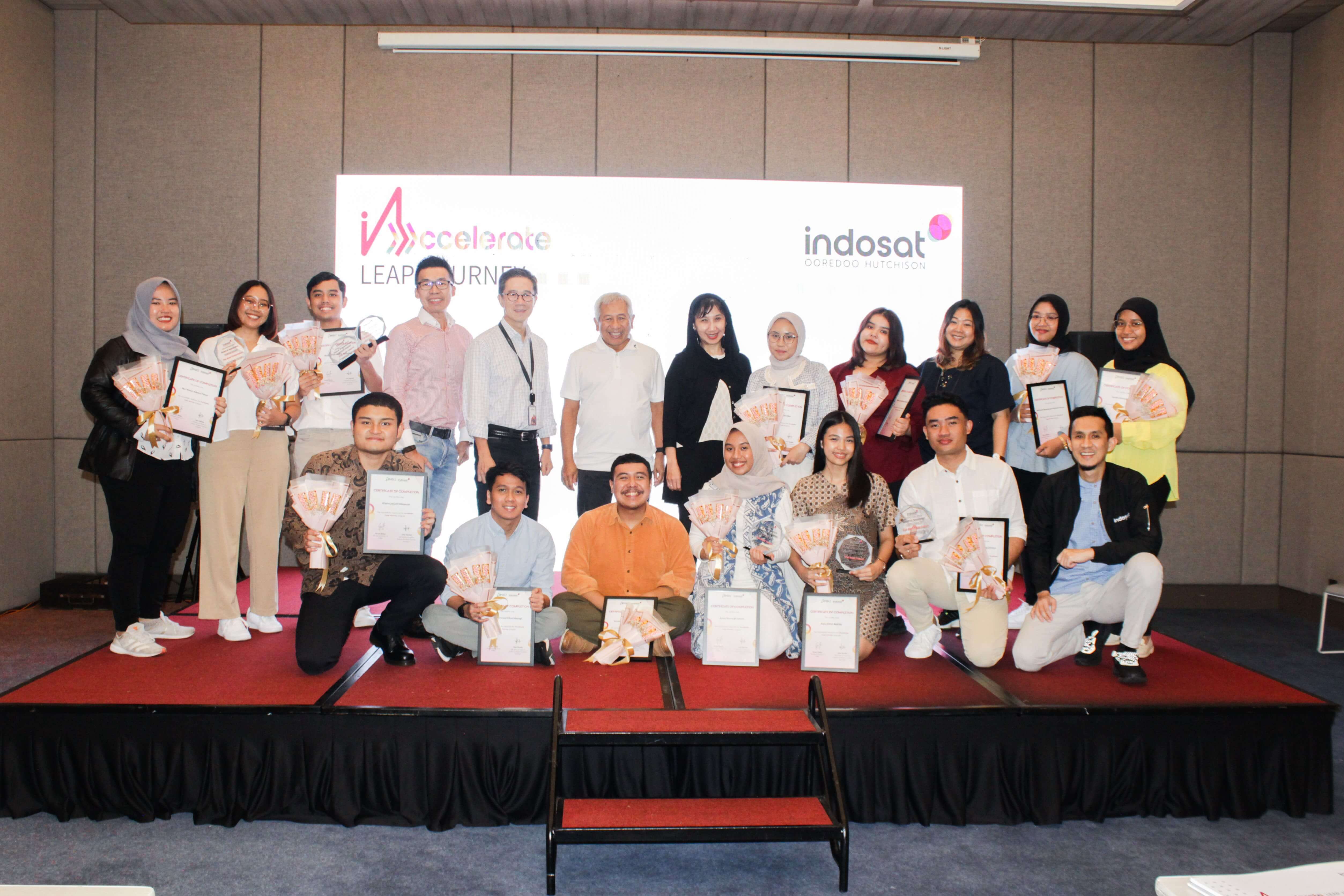Why is lecture-based training ineffective?
In order to thrive in these ever-changing times (and even gain a
competitive advantage over competitors), a company needs to have an agile workforce. They need
people who can adapt to any market conditions; who can respond quickly to the demands of the market,
capable of making quick decisions, and able to expedite the timeline required to do so. This
presents us with another question: what makes an agile workforce?
An agile workforce is a workforce with three-layered agility : one for each
individual (how good is an individual employee in terms of agility), one for leaders (how can
leaders influence their teammates to be more agile), and one for the system itself (how much does an
organization system supports its workforce to be agile). A truly agile workforce with all three
layers developed will gain a massive competitive advantage in the form of quick responses, correct
solutions, and automatic adaptability for future changes.












